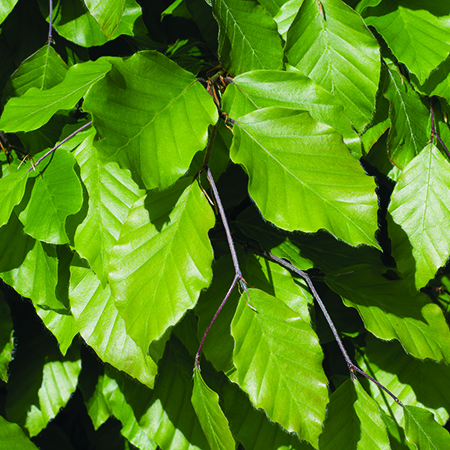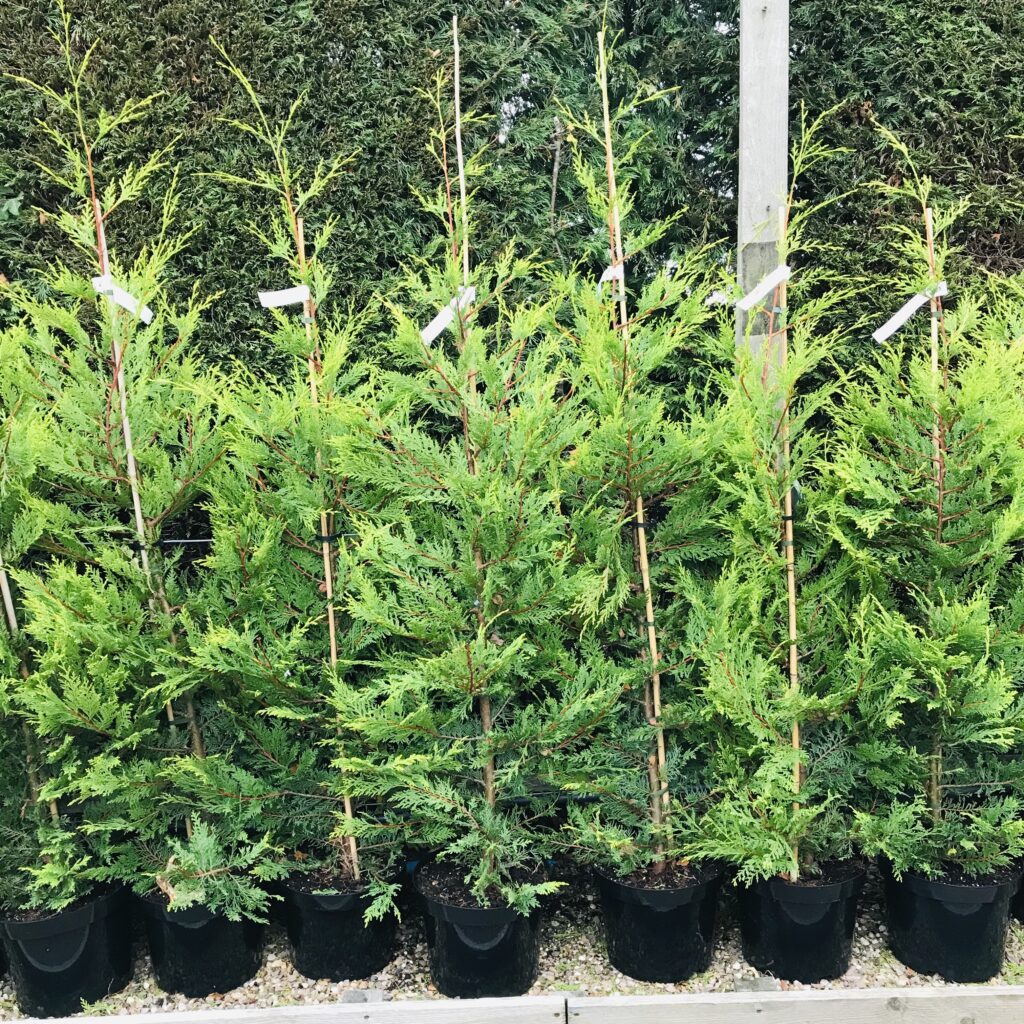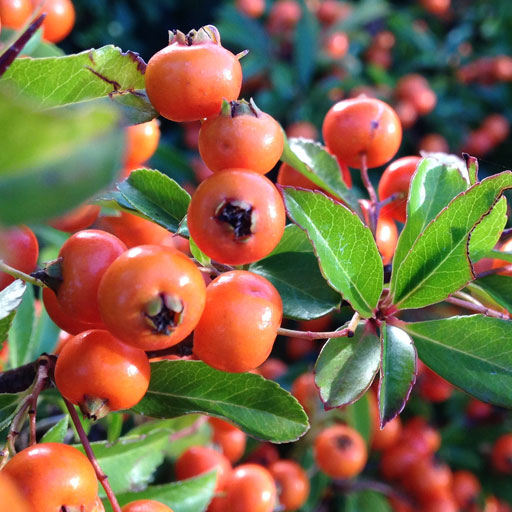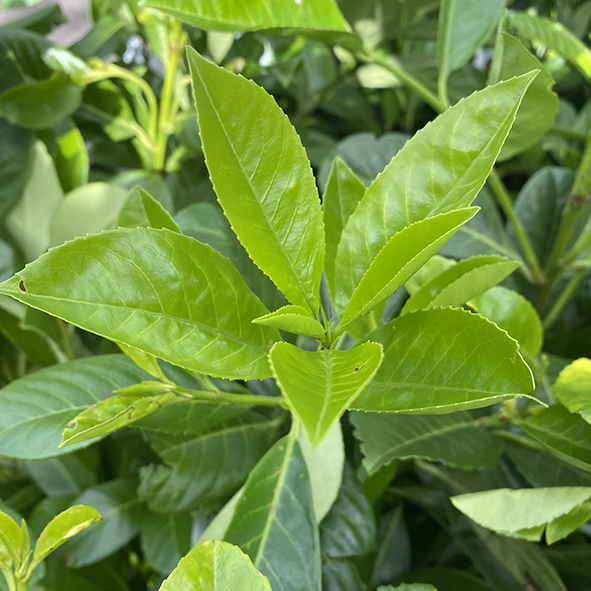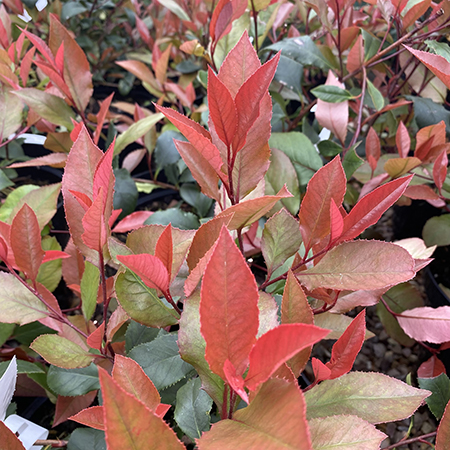- No products in the cart.
NB Deliveries are only available to Local Nottingham Addresses – see postcodes
For centuries the hedge has been used to define boundaries, provide shelter, contain livestock and secure farmsteads. Today the extent of their usefulness lies in their ability to barrier against environmental pollution, such as car exhaust fumes, noise and dust. Dense foliage helps to reduce wind, especially useful for those in more exposed positions in addition to providing privacy from prying eyes.
Bare-root hedging
Quick to establish, barefoot hedging also referred to as ‘whips’ are a very economical way to plant a hedge. Typical planting density would be 5 plants per metre planted in 2 rows. Plant until late March.
Hawthorn
Privet Green
Beech Green
Special Offer
Golden leylandi 5/6ft plants, well established was £24.99 now £19.99 while stock last
Pot grown hedging (Established) – Available all year
Laurel
Conifer
Buxus
Photinia
Pyracantha
Planting for screening offers numerous benefits, both aesthetic and functional. One of the primary advantages is the creation of privacy and seclusion, transforming outdoor spaces into tranquil sanctuaries shielded from prying eyes. Well-chosen screening plants act as natural barriers, reducing noise pollution and enhancing a sense of serenity. Additionally, they contribute to the beautification of landscapes by adding texture, color, and greenery. Strategic placement of screening plants can also help mitigate the impact of harsh weather conditions, such as wind or excessive sunlight, creating a more comfortable and enjoyable outdoor environment. Beyond these immediate benefits, the cultivation of screening plants fosters biodiversity and supports local ecosystems, enriching the overall ecological health of an area. In essence, planting for screening not only enhances the visual appeal of a space but also elevates its functionality and ecological sustainability.
